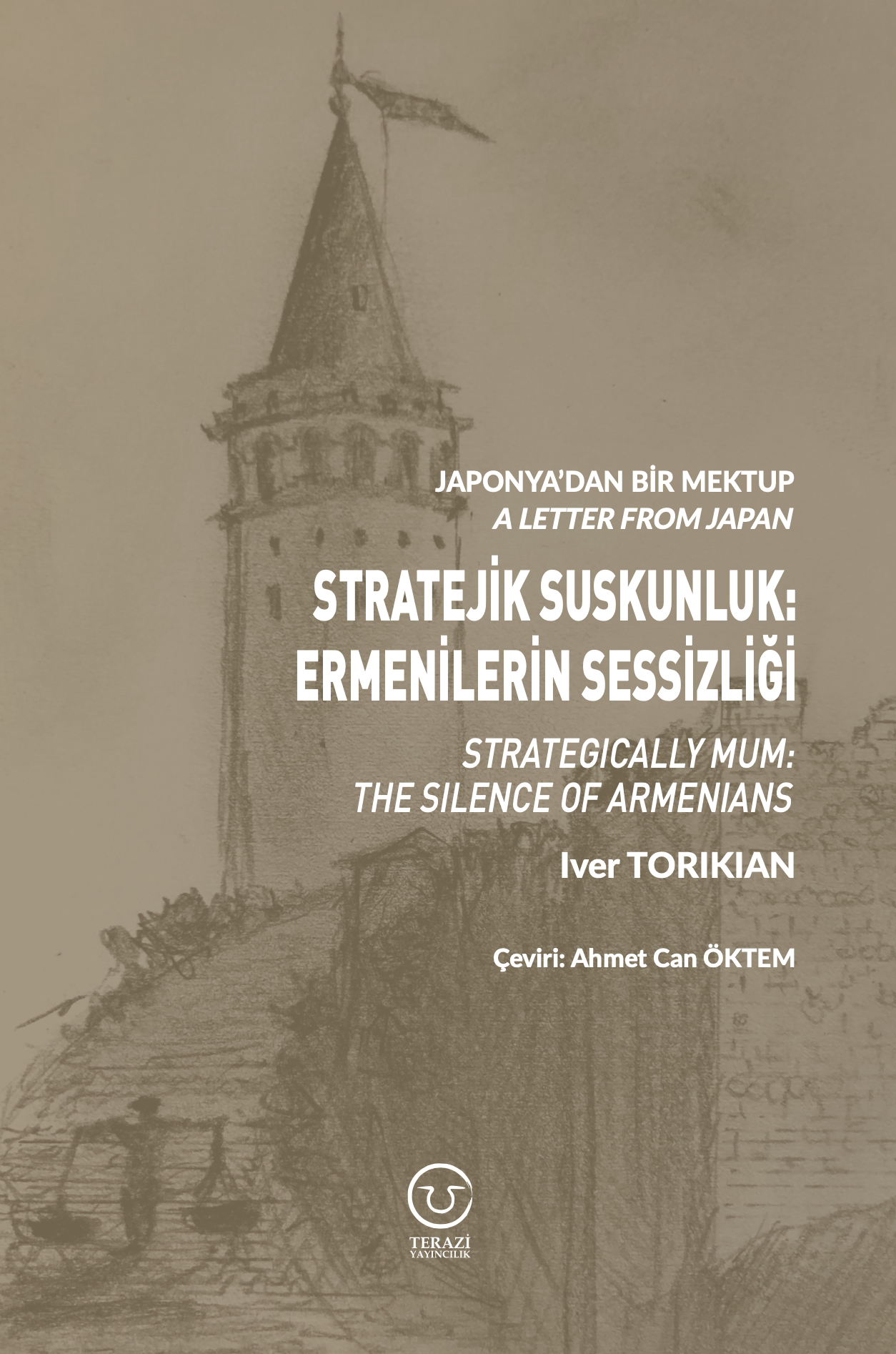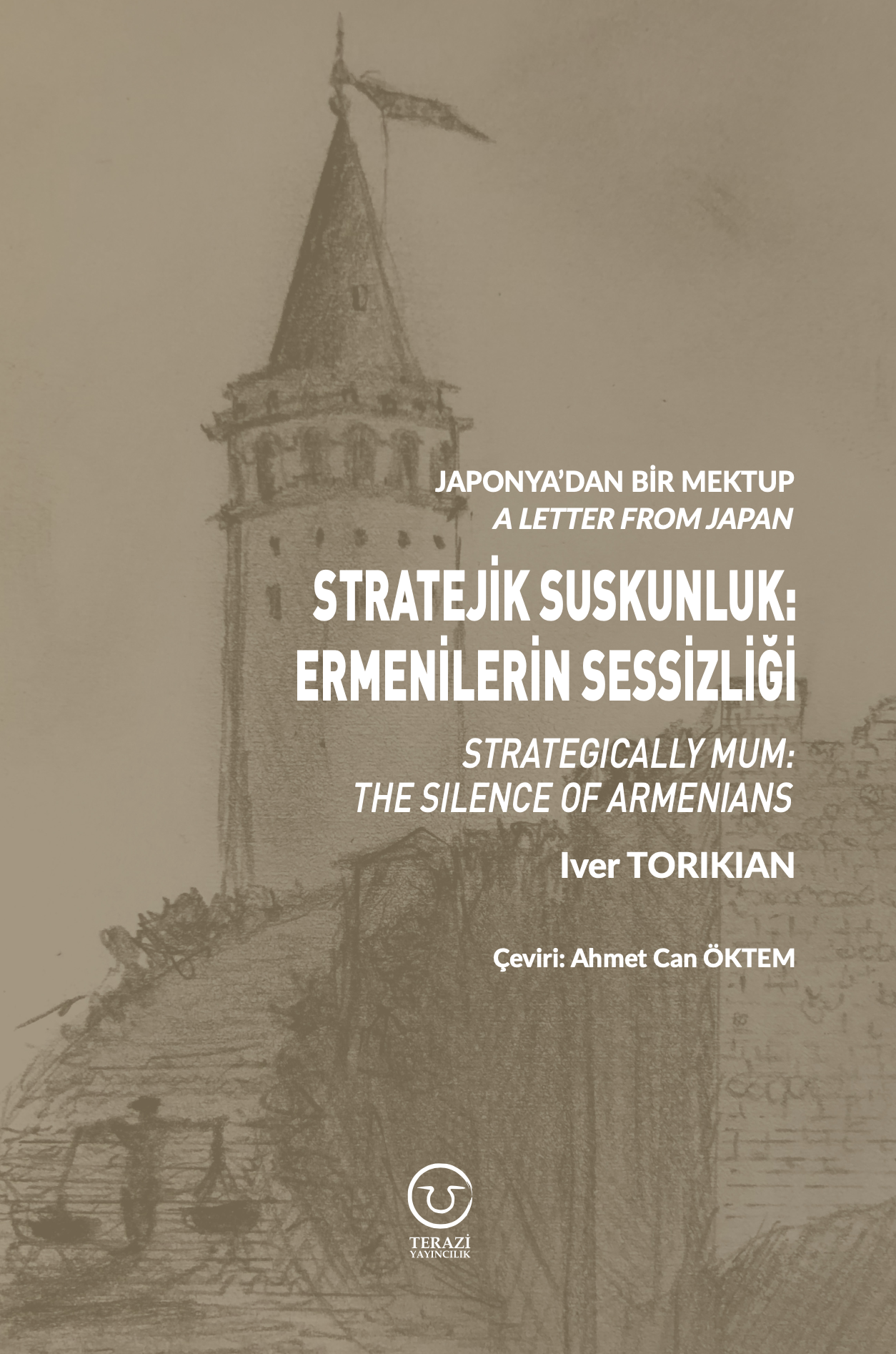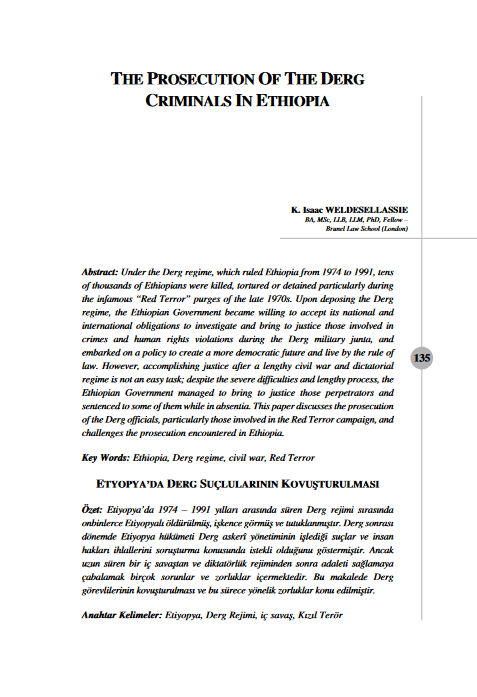Download PDF :


Post and Courier, 16 August 2017
Things are not going well in Afghanistan. The Taliban are gaining ground, the government is fumbling and corrupt, the Afghan army has a high casualty rate and desertion rate, and opium production is soaring. Russia and Iran, as well as Pakistan, are providing the Taliban with arms and funds. And the Islamic State is becoming more active there, although they are outsiders. Meanwhile, American troops have been there for more than 15 years and counting, making it America’s longest war.
Could the U.S. mission to Afghanistan learn from the Flying Tigers? It might solve a vexing problem — how to stabilize the country without getting in any deeper. President Trump is reportedly looking for answers that avoid increasing the U.S. troop presence, reviving the controversial notion of using contract personnel.
In the 1930s China was a mess after the rise of a Communist insurgency and the Japanese invasion. The United States had important interests in helping the nationalist government prevail. One of the creative ways President Franklin D. Roosevelt solved the problem of not getting in too deep was to create the Flying Tigers, a successful “mercenary” air group with access to combat pilots, aircraft and technical support.
A similar idea, proposed for Afghanistan, has been criticized in part because its author, Erik Prince, once headed Blackwater, a security company that employed ex-Special Service personnel. It was extensively used by the U.S. State Department during the Iraq war before it got into trouble and collapsed when four of its personnel went rogue and sprayed a crowded traffic circle in Baghdad with automatic weapons, killing 14 and wounding others. (Their convictions are currently under judicial review.)
An added reason for caution about the Prince proposal is that his sister, Betsy DeVos, is Mr. Trump’s education secretary, a fact that ought to disqualify Mr. Prince from any contract not reached at formal arm’s length. But Mr. Prince’s handicaps do not mean that the idea should be dismissed as unworkable.
A report by the British Royal United Services Institute suggests that the Taliban movement is badly splintered. Many senior leaders say they are ready to negotiate peace with the government in exchange for local autonomy. The movement may be on the verge of disintegrating into a group of warlords fighting each other and the government for turf in the opium business.
That is not a healthy thing for Afghanistan. But the Pentagon thinks the Afghan army and the country can be stabilized by adding another 5,000 American troops to the 8,400 already authorized by the last administration to train Afghan security forces.
President Trump is reported to be unhappy with the proposed troop increase, and it is easy to understand why. Afghanistan will probably never have an effective central government except one imposed by force, as the Taliban did in the 1990s. Nevertheless, the United States does have an important interest in preventing Afghanistan from falling into hostile hands. After all, 9/11 planning originated there.
The added troops sought by the Pentagon would go on patrol with Afghan combat units and provide limited air support and helicopters to evacuate wounded. In Mr. Prince’s proposal, former special forces personnel would perform these roles under contract, removing the necessity of adding more U.S. troops. He says the cost would be much less than any official military presence.
America has been in Afghanistan for an excruciatingly long time, at great cost to our troops and our treasury. If there’s a reasonable way to end this adventure while achieving its aims, it deserves a close look. That includes the “Flying Tigers” option.




























